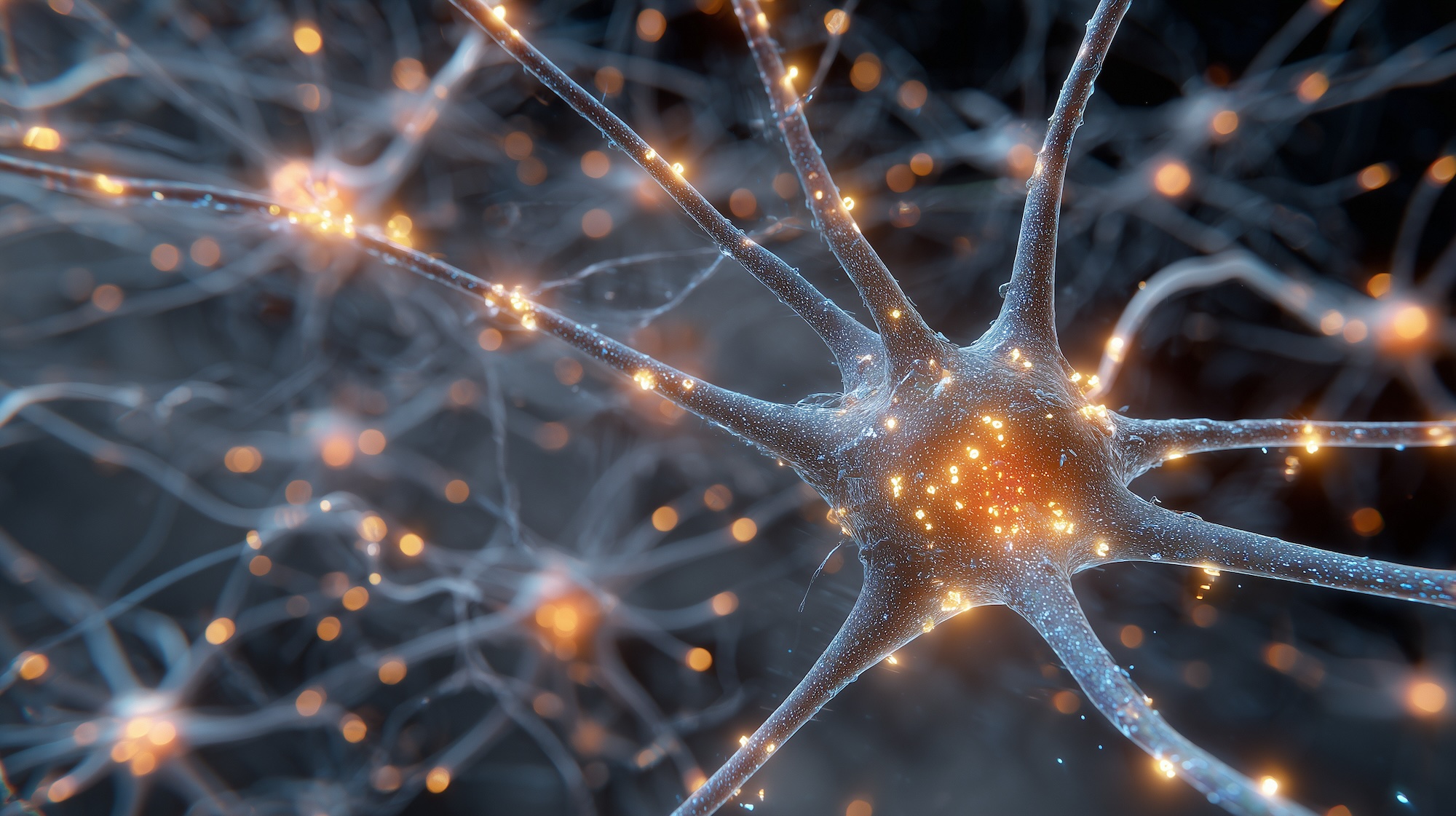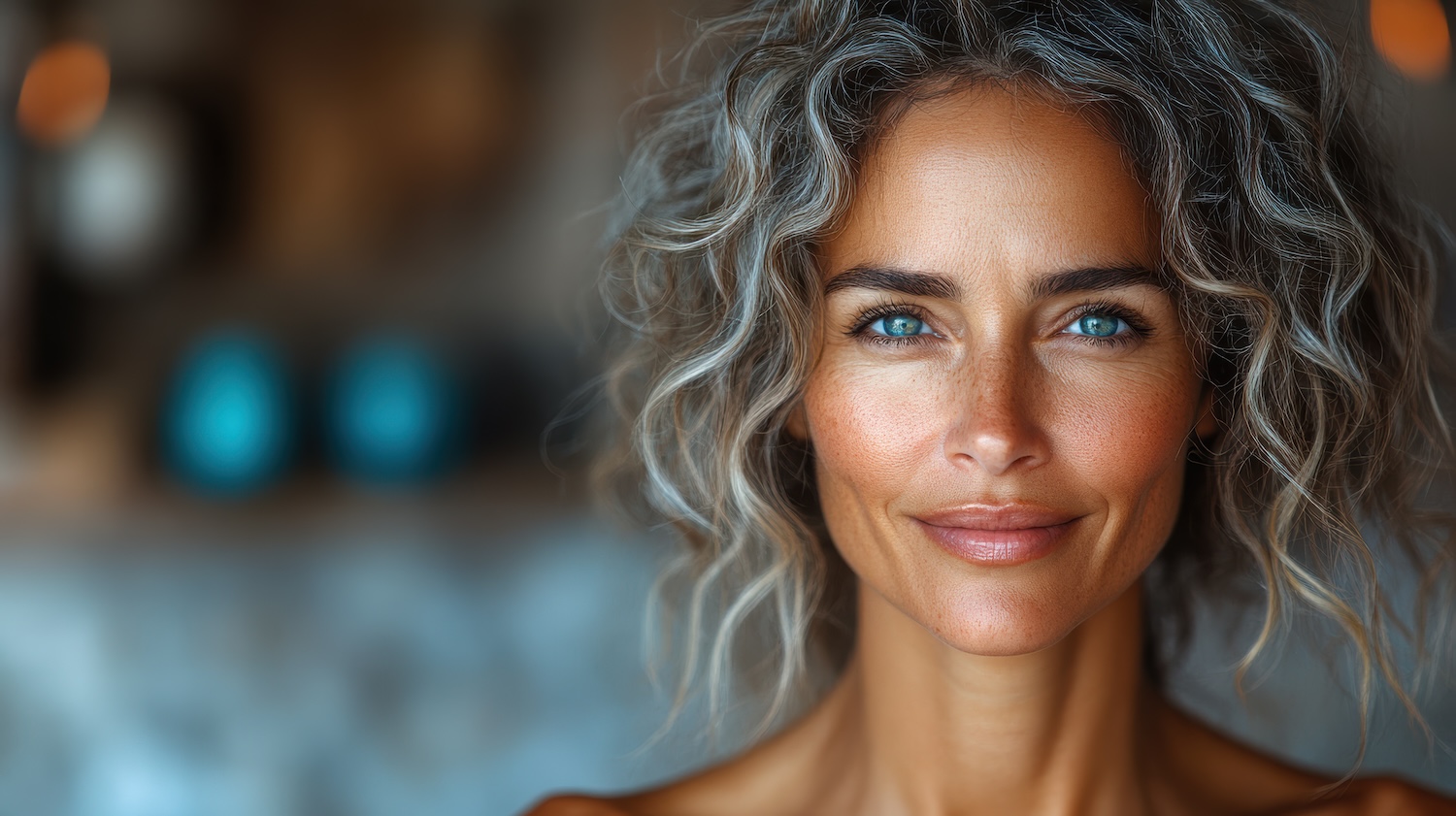Many of you have heard of the “circadian rhythm.”
The National Institute of General Medical Sciences defines the circadian rhythm as the “physical, mental and behavioral changes that follow a roughly 24-hour cycle, responding primarily to light and darkness in an organism’s environment. They are found in most living things, including animals, plants and many tiny microbes.”
In other words, the circadian rhythm is the cycle regulates the body’s diurnal fluctuations in endocrine function, temperature regulation, metabolic activity, and much more.
It is because of this ebb and flow that your body knows to do things like produce cortisol in the morning to wake you up and melatonin in the evening to help you fall asleep.
Unfortunately, our modern lifestyles have led to widespread disruption of the circadian rhythm.
Artificial Light
It has only been in the last 100 years that we have begun to see the pervasive use of artificial lighting in our homes and cities.
Before 1893 when Nikola Tesla lit of the World’s Fair with 100,000 Westinghouse light bulbs, the only light available at night was from fire.
Today, many people keep their lights on for hours after sunset leading to more than 1000 hours of extra daylight every year for most Americans.
Emerging research in the field of chronobiology suggests that exposure to certain wavelengths of light at certain times of the day can be disruptive to our circadian rhythm. In the short term this can cause poor sleep. In the long term it can lead to hormone imbalance and neurodegenerative disease in many individuals.
How the Circadian Rhythm Works
The human circadian rhythm is mediated by a network of neurons in the hypothalamus of the brain called the suprachiasmatic nucleus or SCN. Light that enters the eye is converted to electrical signals, which are then sent to the SCN via the retino-hypothalamic tract.
Considered the body’s “master clock,” the SCN uses this information to synchronise the organism’s circadian rhythm. When the bright light of the morning sun enters the retina, wakefulness hormones like cortisol are released. When the sun sets and less light enters the retina, the sleep-inducing hormone melatonin is released by the pineal gland.
Excessive nighttime exposure to artificial light will signal the SCN that it is daytime. When the SCN senses the blue light normally only present during daytime, it will suppress the pineal gland’s production of melatonin making it more difficult to fall asleep.
This, in combination with a lack of daytime sun exposure, has led to a dramatic increase in circadian mediated diseases all over the world.
In addition to affecting your sleep, disruption of circadian biology has also been linked to chronic diseases such as obesity, diabetes, bipolar disorder, and seasonal affective disorder among much else.
Screen Time
The spectrum of light that the body associates most closely with the daytime is the the blue spectrum. Sunrise and sunset have less blue light and more red light, and fire also has primarily red and orange light.
This means that the more blue light your eyes are exposed to, the stronger the signal will be to your body that it is day time.
Unfortunately, the screens of our computers, smartphones, and tablets, contain concentrated amounts of blue light in order to make them bright enough to see during the day. In fact, the sun at high noon has only 21% blue light, while the screens of our devices have up to 35% blue light!
To make matters worse, we often hold these screens close to our eyes which makes the effects much worse.
What Can You Do?
During the day:
Every morning spend 5-15 minutes outside facing the sun. Even if it is cloudy outside, the strength of the light will still be strong enough to signal to your body that it is morning. This is even more effective if you are wearing as little clothing as possible and are barefoot on a conductive surface (such as sand, grass, soil, rock, concrete, brick, ceramic tile).
If you work indoors and have to be at work before the sun rises, try to go outside for your lunch break and get as much sun exposure as possible. The midday sun has the most blue light and will send a strong signal to your body that it is day time. This is also when the sun’s rays can be most efficiently utilised to make vitamin D.
The most powerful times of the day to set the circadian rhythm are sunrise, solar noon, and sunset. However, any daytime sun exposure is extremely beneficial. Favour indoor environments with natural lighting from windows. In fact, if at all feasible, experiment with working outside. You can take your laptop to a deck, patio, balcony, yard, park, stoop, porch, treehouse, or rooftop. Working outside also confers the benefits of fresh air and depth perception to reduce eye strain.
In the evening:
Begin to limit your blue light exposure at least 2 hours before bed. There are myriad methods of doing this. For your devices, there are screen protectors that are available for purchase but you can use apps like f.lux or Night Shift that work just as well.
Another consideration is using red or amber light bulbs. Salt lamps are a great option. In general, it is probably best to favor lamps and avoid overhead lighting in the evening. Perhaps the easiest and most affordable option is the use of blue-blocker glasses.
Although every surface of the body has the ability to detect light, the most sensitive is obviously the eyes. Wearing these glasses after sunset or at least 2 hours before bed will largely mitigate the negative effects of evening blue light exposure while still allowing you to go about your business.
Reset Your Circadian Rhythm
The circadian rhythm is the ebb and flow of an organism’s biological processes. For humans, the strongest regulator of this rhythm is the wavelengths of light that the organism is exposed to. This occurs through the activity of the suprachiasmatic nucleus in the hypothalamus.
In order to prevent circadian disruption, and thus the associated disease states, it is imperative to take proactive steps to expose ourselves to biologically adapted lighting environments. Even the smallest and simplest shifts, such as morning sun exposure or avoiding excess blue light at night, can positively impact your circadian biology. Thus you may experience greater ease in falling asleep, deeper more restful sleep, and improved mental function during the day.
References
https://lifespa.com/artificial-light-now-linked-sugar-cravings-melatonin-imbalance/
http://sleepcenter.ucla.edu/circadian-rhythms
https://www.nigms.nih.gov/Education/Pages/Factsheet_CircadianRhythms.aspx
https://www.scientificamerican.com/article/q-a-why-is-blue-light-before-bedtime-bad-for-sleep/
http://www.sleepreviewmag.com/2015/05/light-therapy-better-sleep/
http://www.consumerreports.org/eyeglass-stores/3-blue-blockers-put-to-the-test/

















